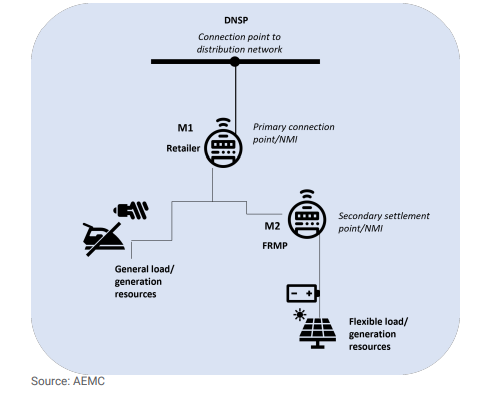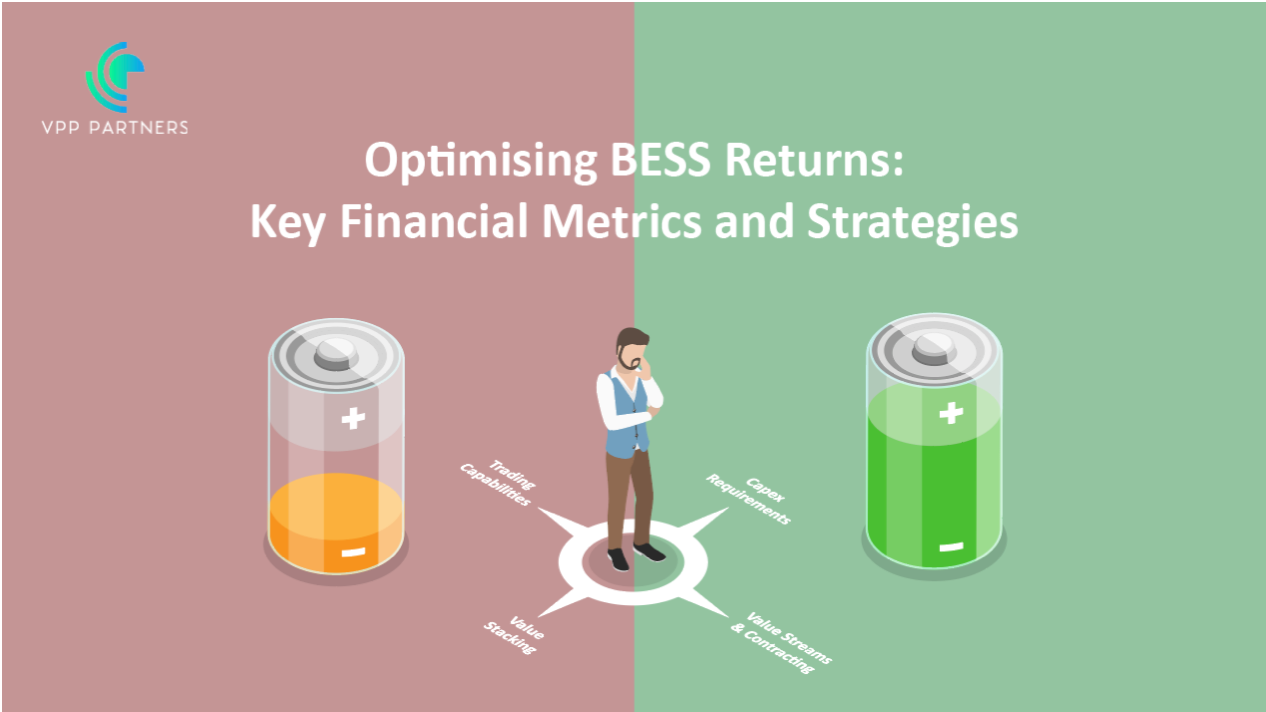Update on CER Flexible Trading (March 2024)
With the recent draft announcement of the AEMC’s ‘Unlocking CER benefits through flexible trading rules’; we have seen a lot of debate around what this means and how it will impact energy users. Below, we have unpacked some of the more common questions we are seeing around the rule change.
What is the ‘Unlocking CER benefits through flexible trading rules’ draft determination?
On February 29, 2024, the Australian Energy Market Commission (AEMC) made a draft determination for preferable electricity and retail rules (draft rules) aimed at unlocking benefits through flexible trading of Consumer Energy Resources (CER). This rule change seeks to improve flexibility and trading of consumers’ energy resources to unlock value for consumers.
The premise behind this rule change is that consumers can potentially unlock greater value from their CER by separating inflexible loads from flexible loads and generation across multiple financially responsible market participants (FRMPs). These FRMPs could be retailers, aggregators, or other innovative service providers. Compensation for providing network support services from flexible loads and greater participation in current and emerging energy markets are also part of the objectives.
How the CER flexible trading arrangements could benefit you as a large customer?
The draft ruling simplifies flexible trading arrangements for large customers, it aims to achieve this by simplifying participation requirements and eliminating the need for embedded networks which is currently needed when there is more than one FRMP for a site.
- Simplified Participation: Previously, customers often navigated complex setups, such as embedded networks or dual connection points, to enable CER participation in the wholesale market. However, this approach deviated from the intended system design.
- Elimination of Embedded Network Requirement: The updated rules eliminate the need for customers to establish an embedded network solely for obtaining a second National Meter Identifier (NMI). Instead, a secondary settlement point is now available, streamlining engagement with Financially Responsible Market Participants (FRMPs).
- Responsibility & Tariffs:
Distribution Network Service Providers (DNSPs) take charge of maintaining secondary NMIs. Additionally, primary FRMPs bear the distribution network tariff
(we feel this needs further exploration as there may be unintended consequences).

How the CER flexible trading arrangements could benefit you as a small business or residential customer?
The draft rules also provide advantages for small businesses and households by lowering metering requirements by leveraging internal/existing measurement capabilities such as the native functionality of an EV charger or solar inverter.
- Expanded Measurement Options: By utilising existing built-in meters (such as those for EV chargers or street lights), customers can create a second settlement point for flexible CER. This separation of passive and flexible loads provides customers with greater choice in participating in the wholesale market.
- Lowering Barriers: Internal meters, although held to a lower standard than Type 4 smart meters, enable participation. The exact level of these internal meters is currently unspecified.
Is any of this compulsory?
No, none of the options for both large customers and small businesses/residential customers are compulsory. Participation remains voluntary.
It should be noted that the proposal is still under review and is subject to change.
What is VPP Partners' view on the proposal?
Although it has been fun trying to find ways of maximising CER while navigating the clunky and imperfect system of today, we believe this change should make flexible trading far smoother and cost-efficient, both in terms of physical installation and wholesale market choice, to engage in flexible CER.
For those wanting to get involved in the process, the AEMC has set an April 11, 2024 deadline for feedback.
Share on...



